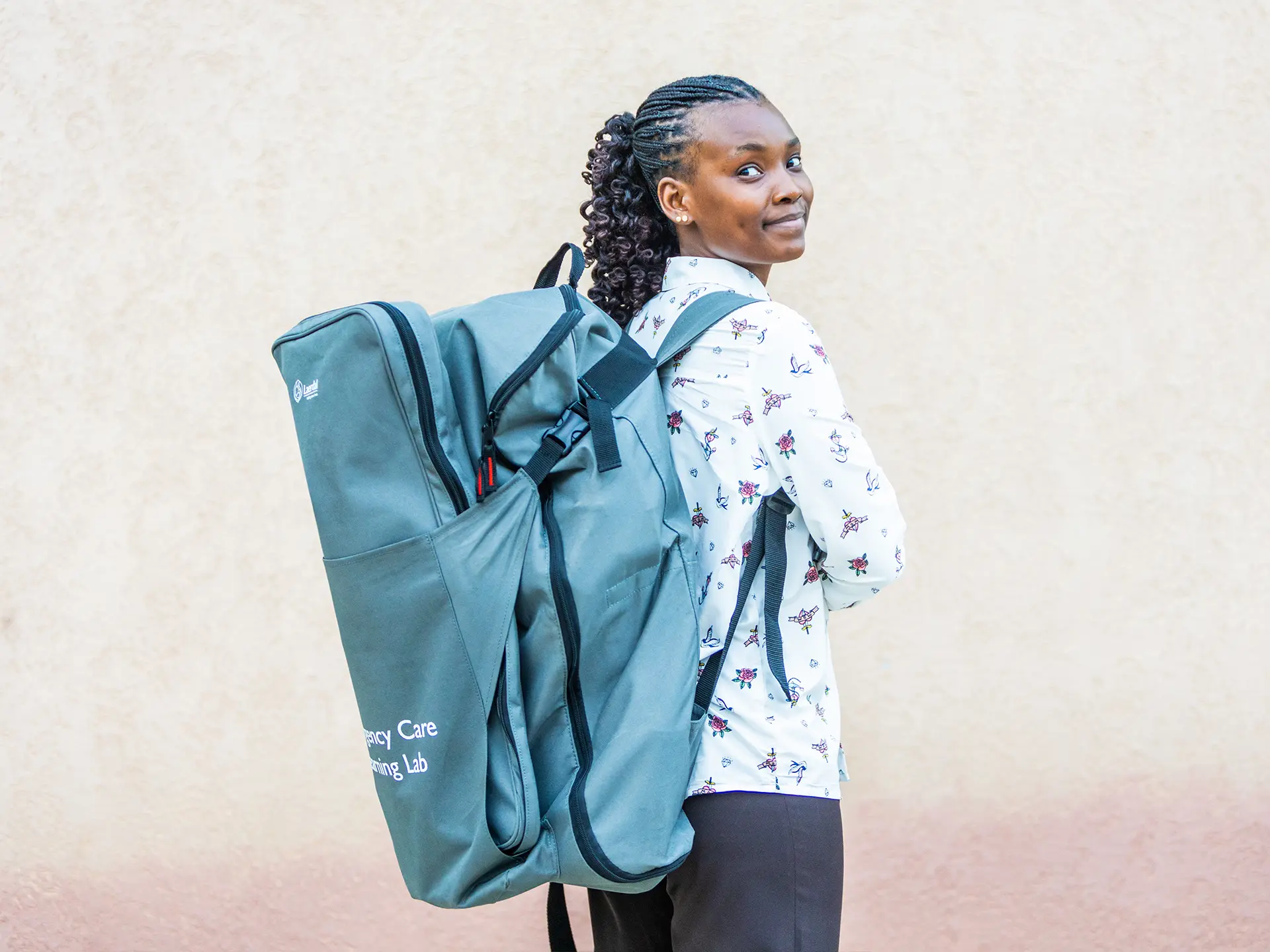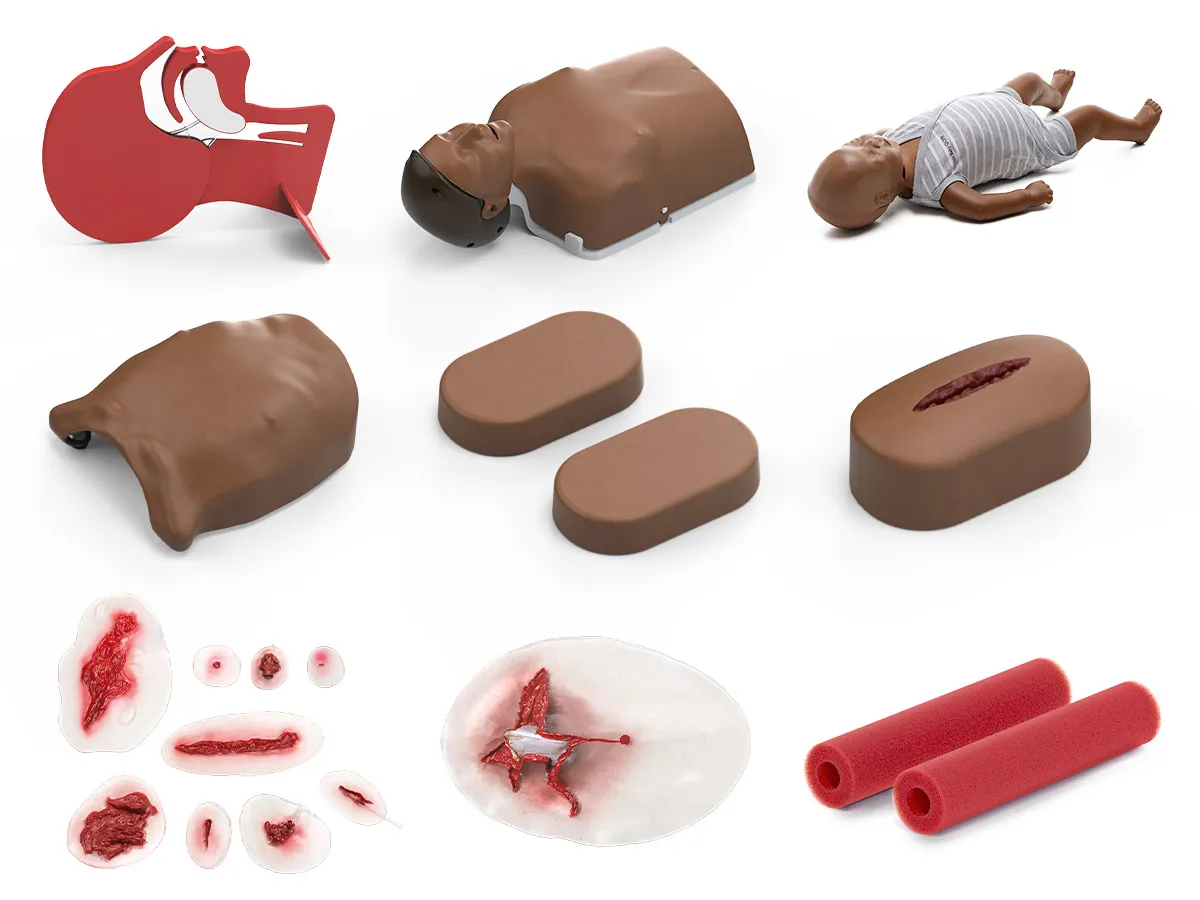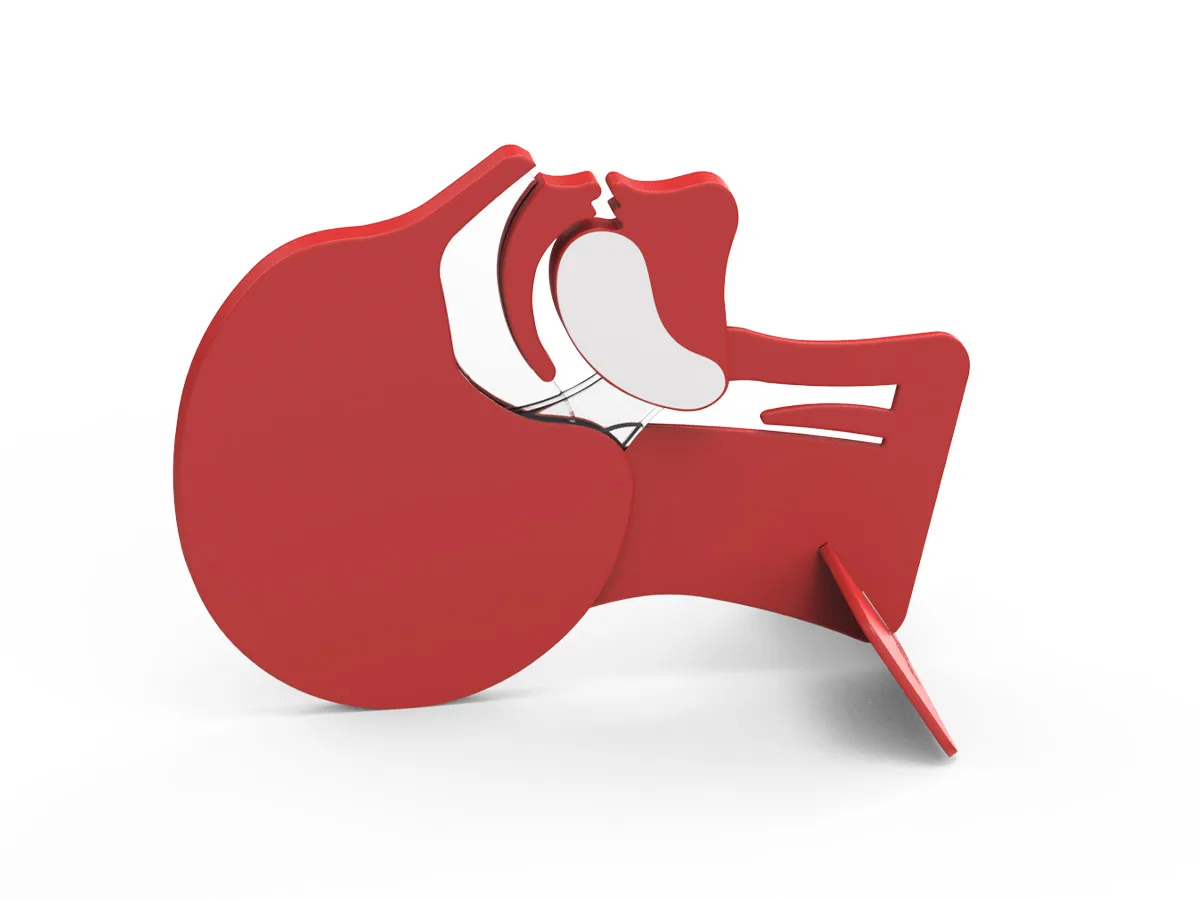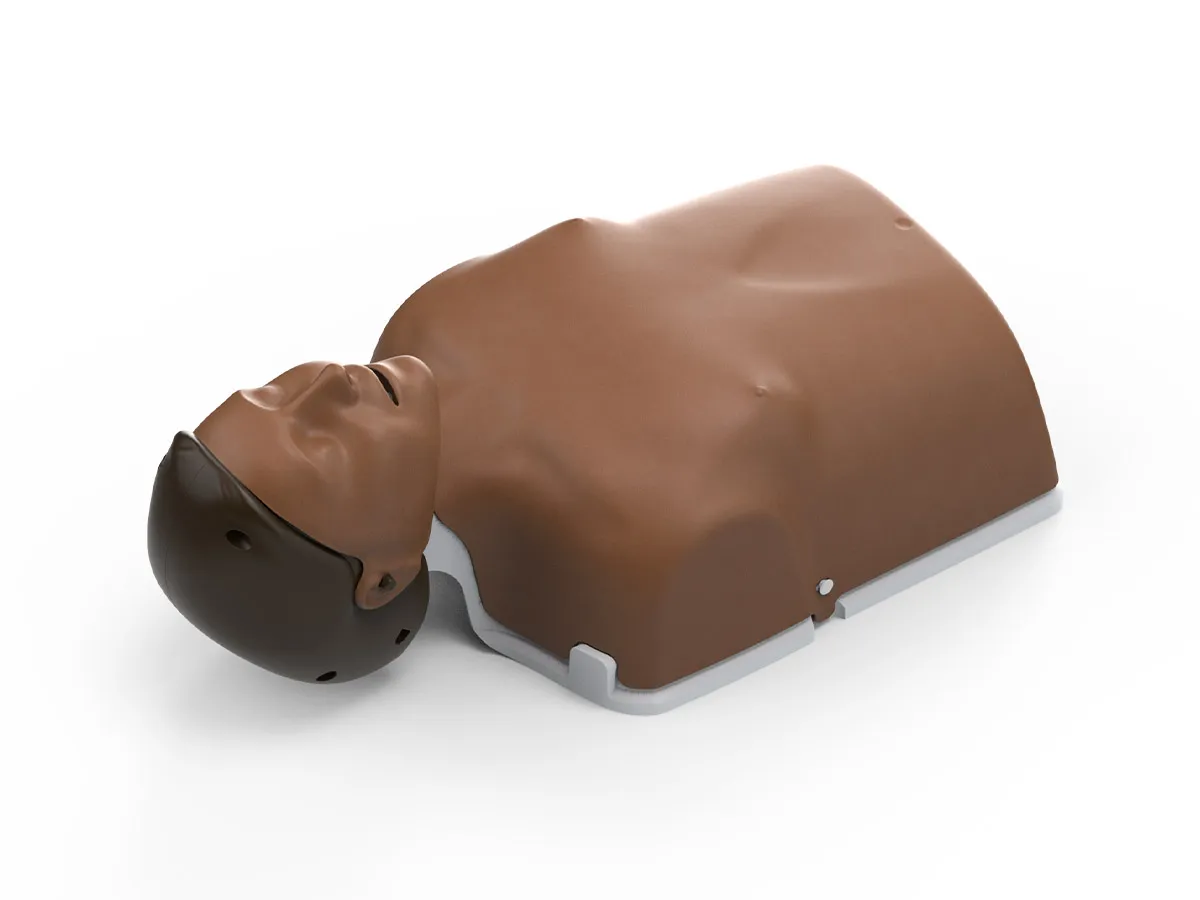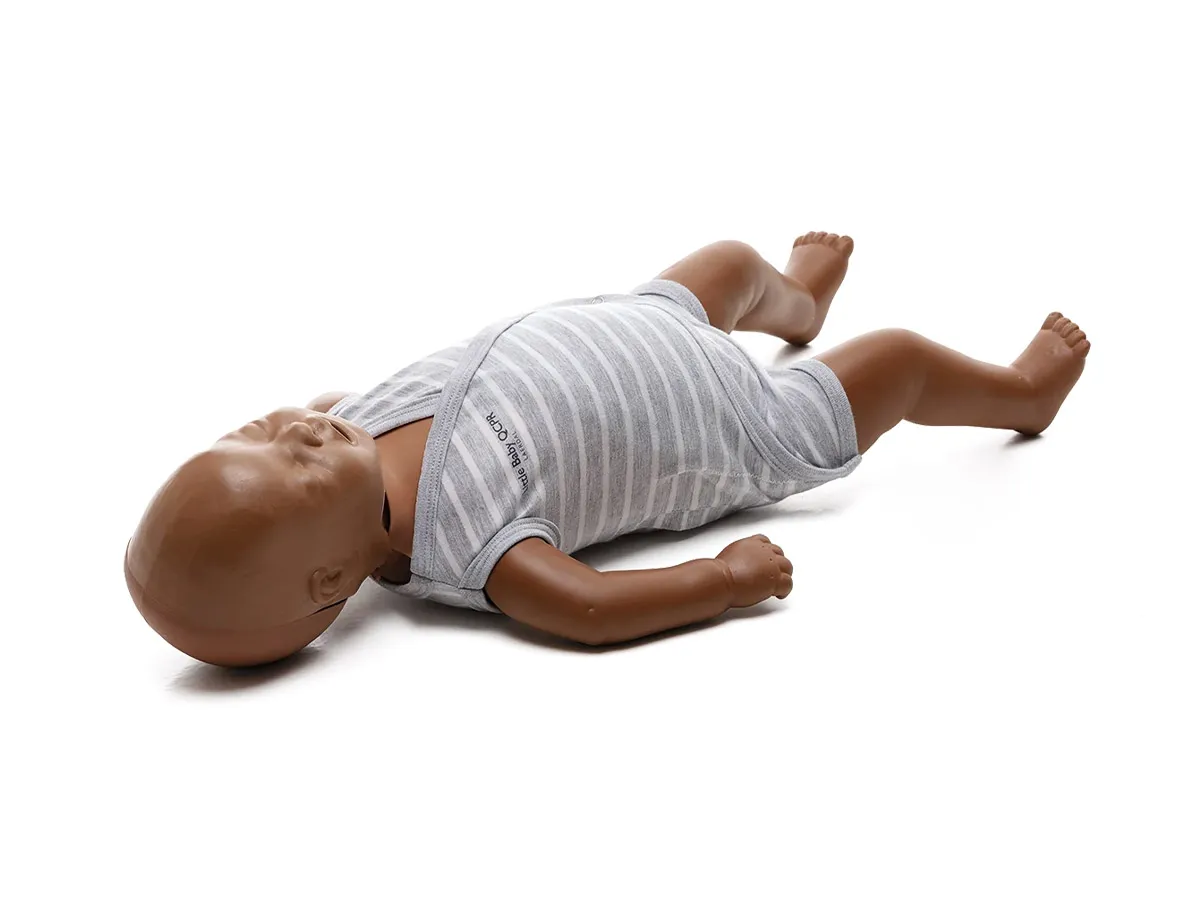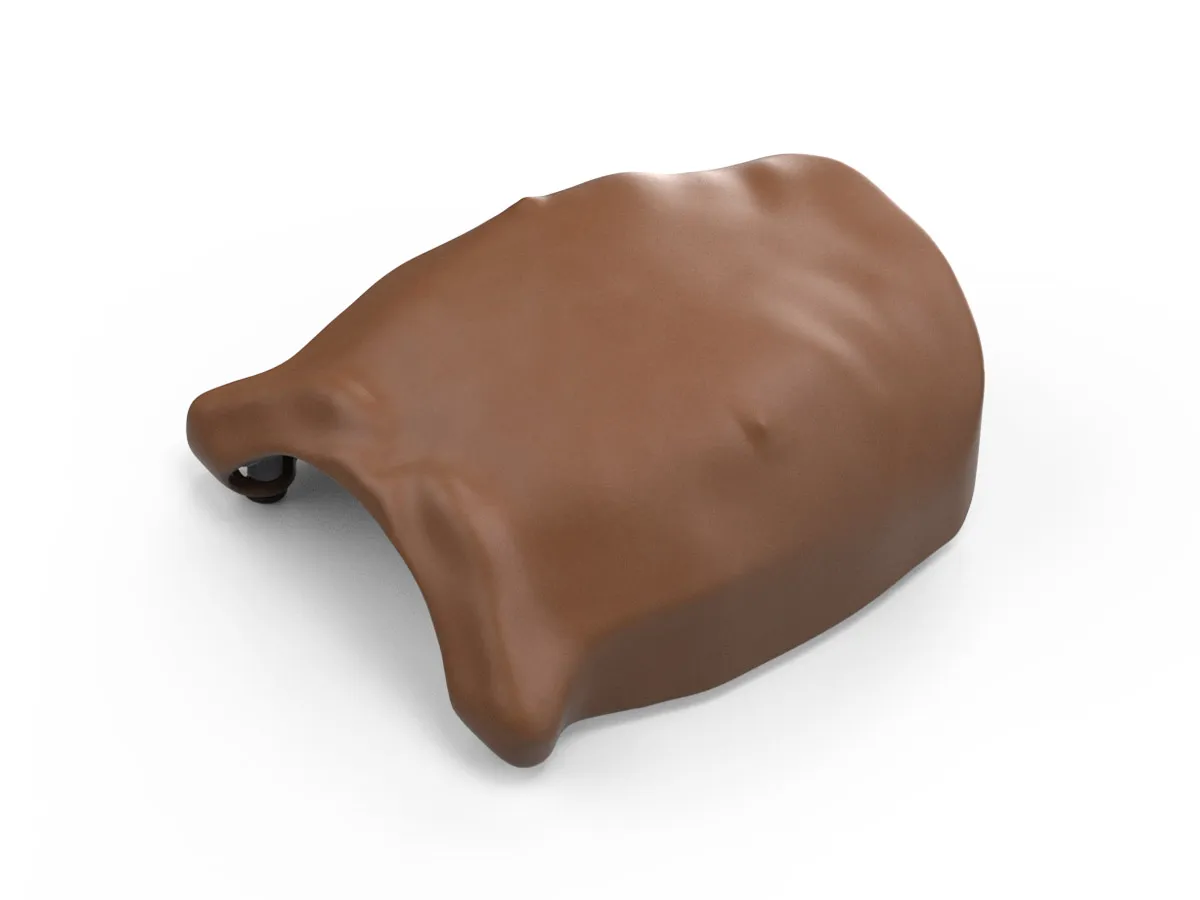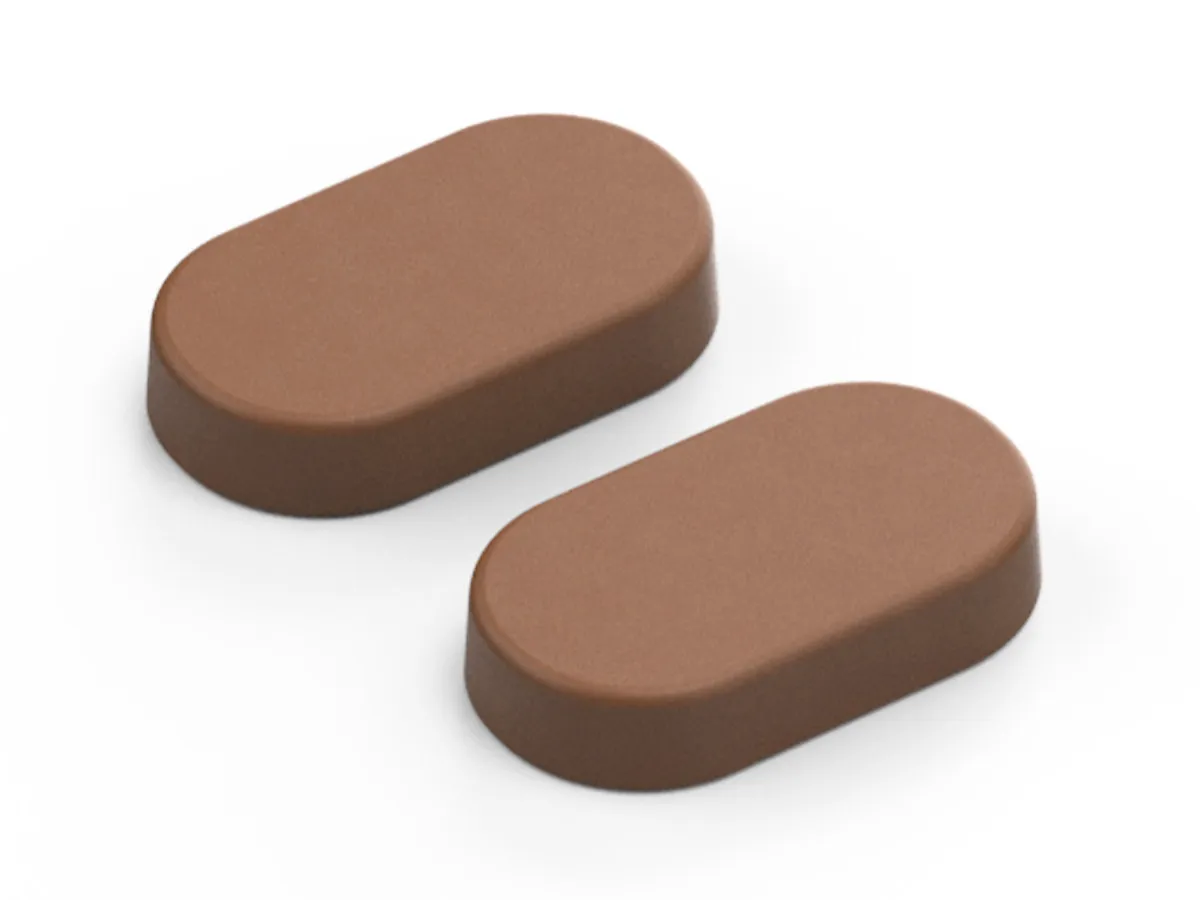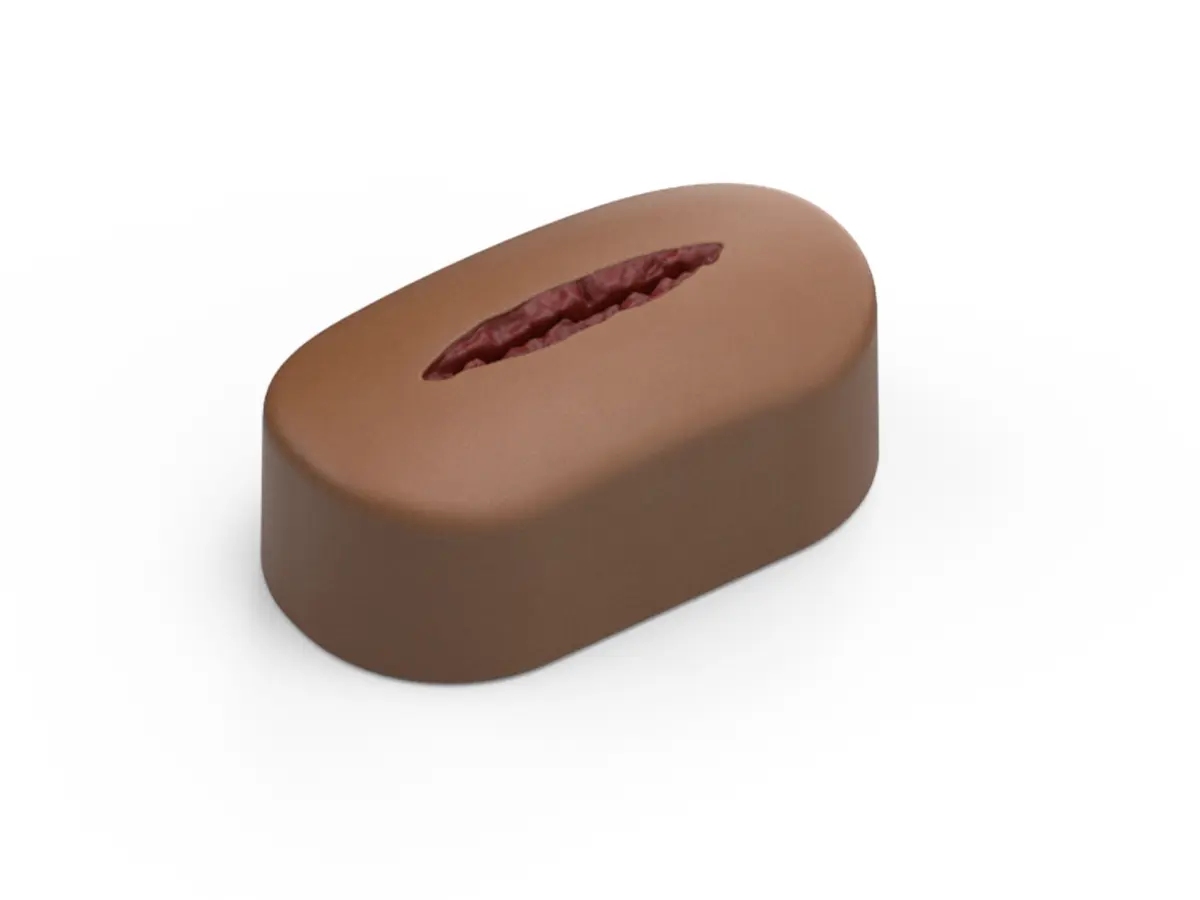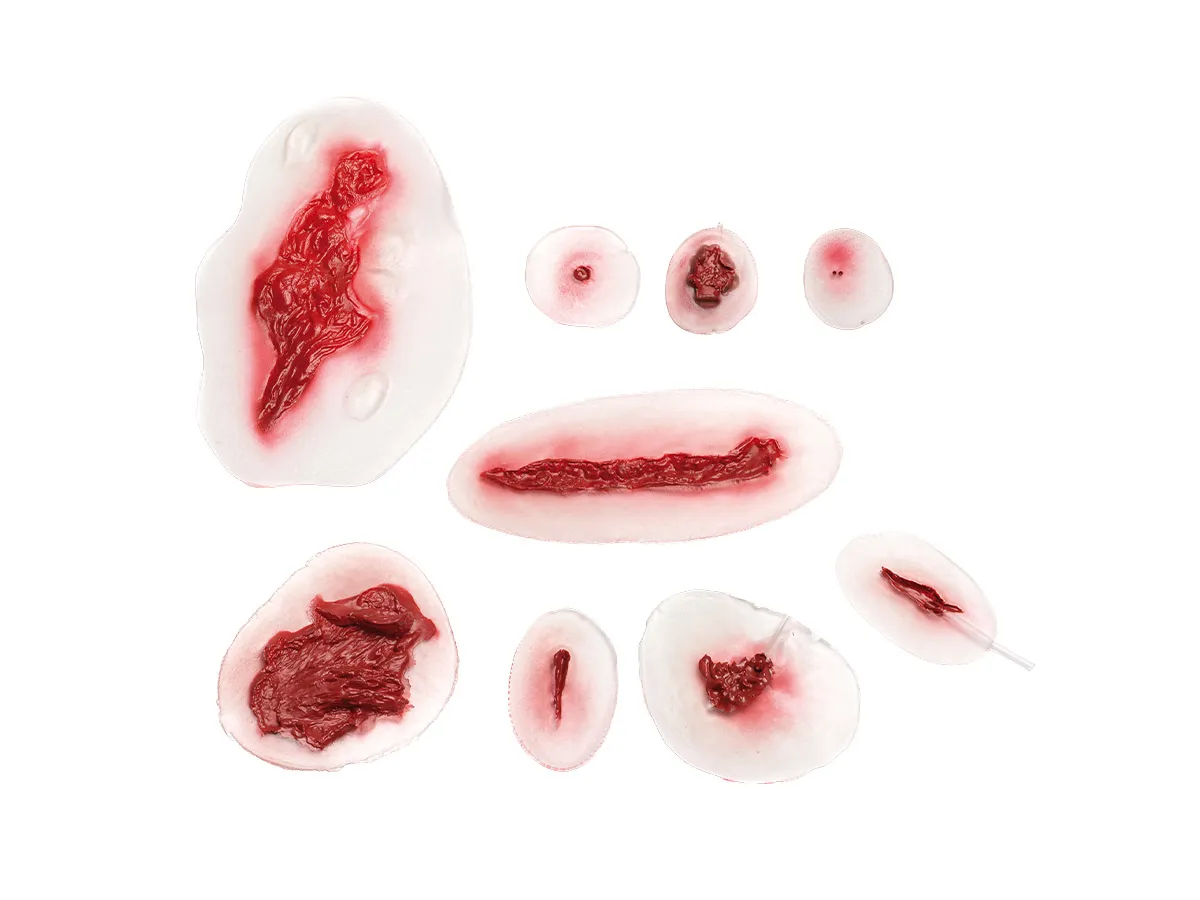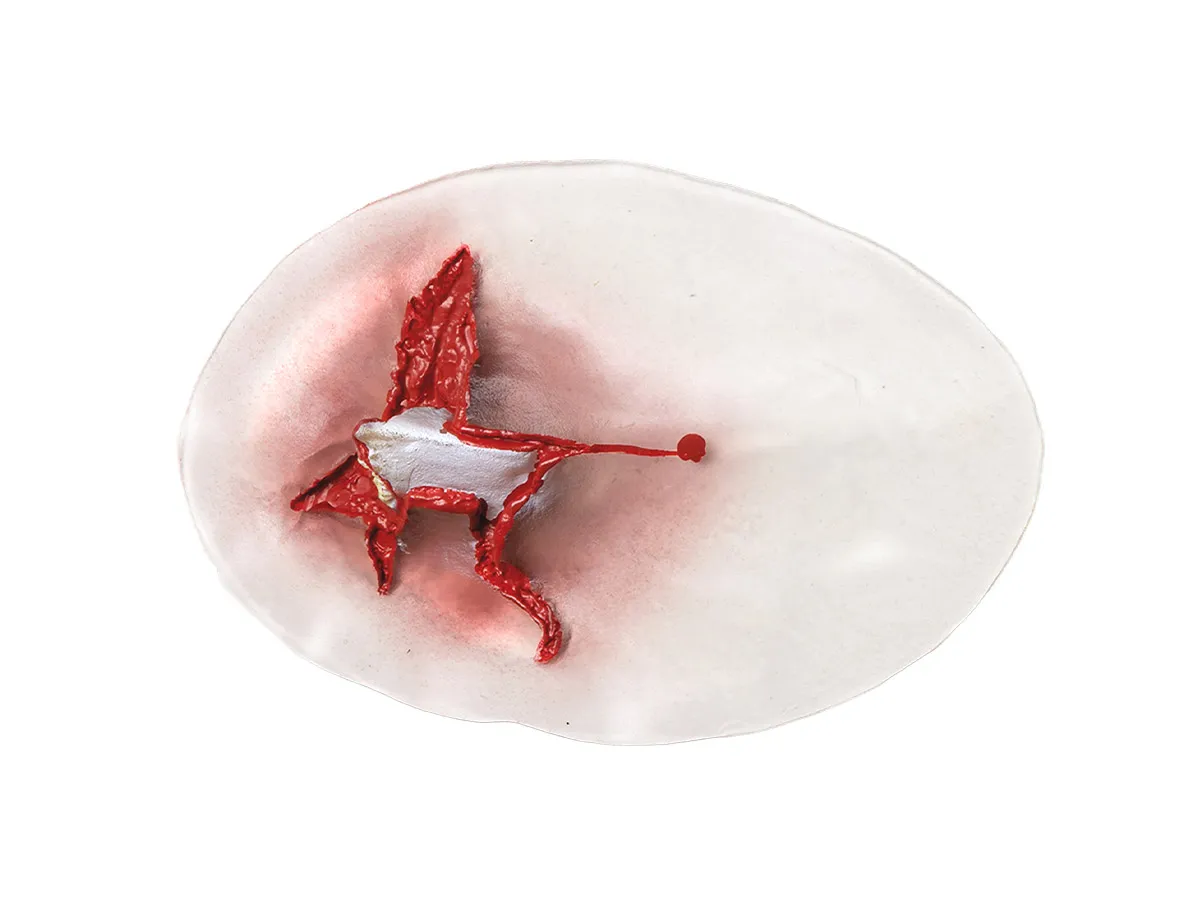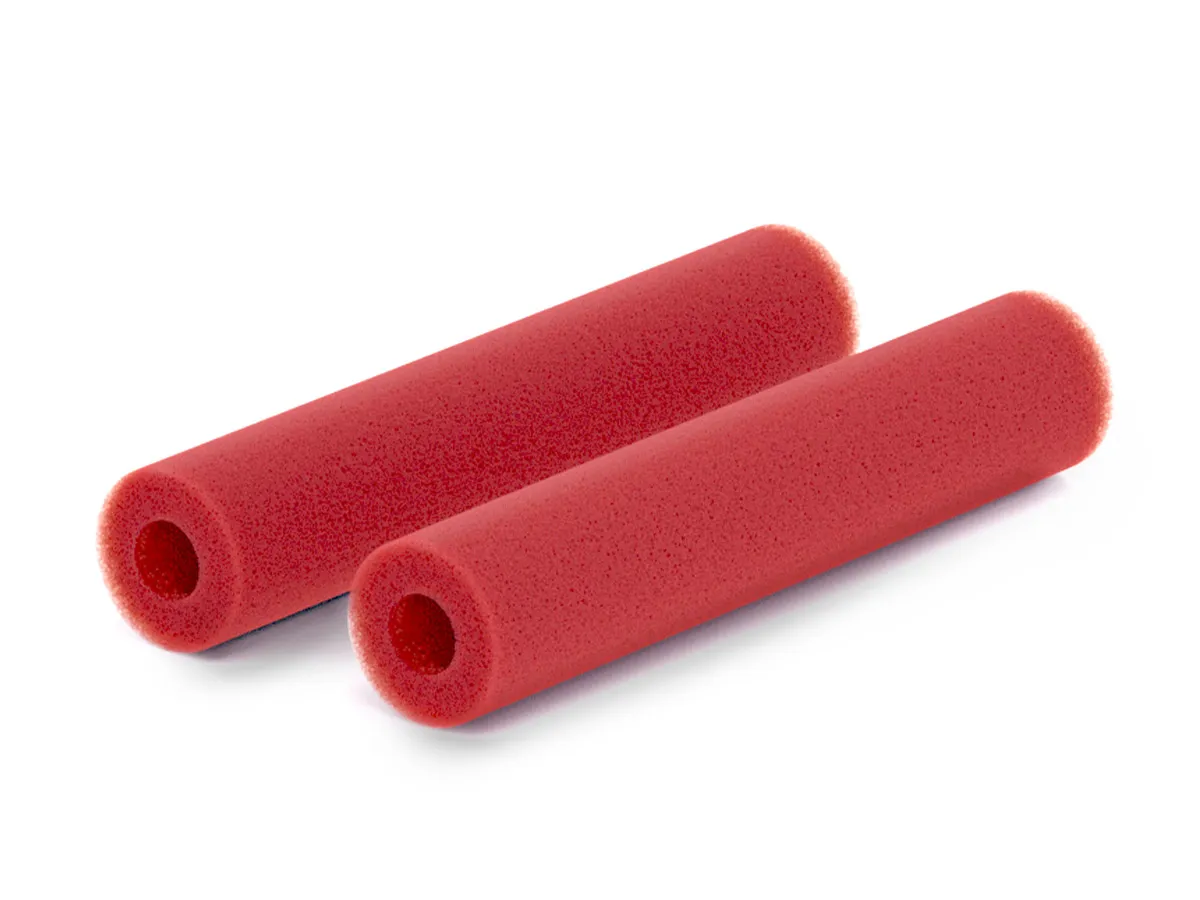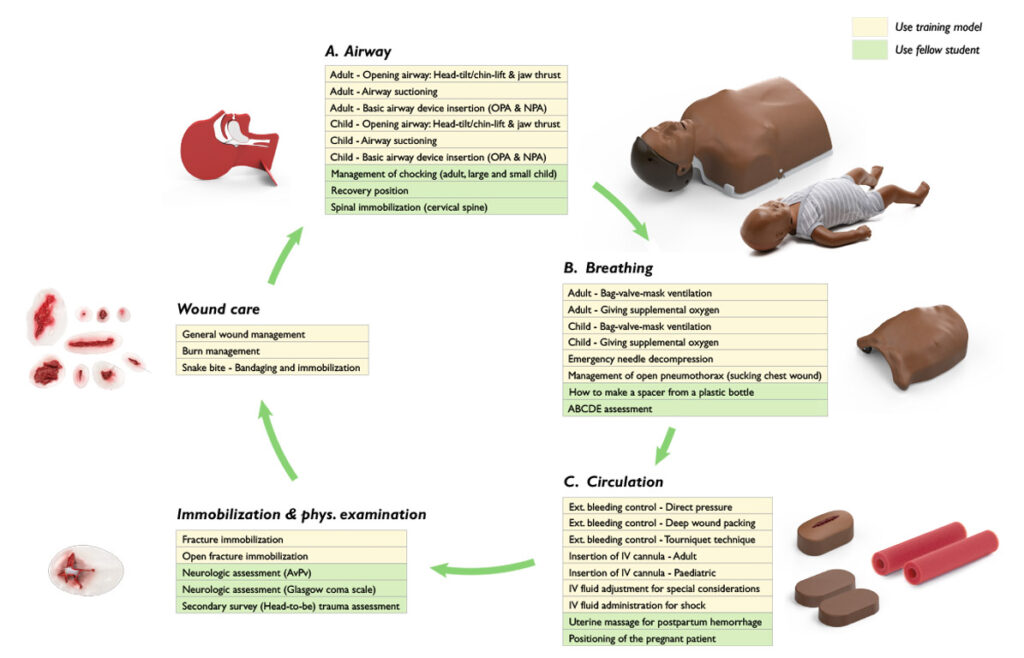Emergency Care Learning Lab
Who qualifies for our non-for-profit pricing?From $350 USD
An extensive kit for training in basic emergency care for adults and children, including WHO’s Basic Emergency Care and Community First Aid Response Programs.
Portable
To ensure easy transportation to training courses, all training models are nested inside a lightweight backpack weighing only 9 kilos.

Affordable
The kit is offered on a not-for-profit basis to low-resource settings. It has been designed for maximum affordability without compromising quality.
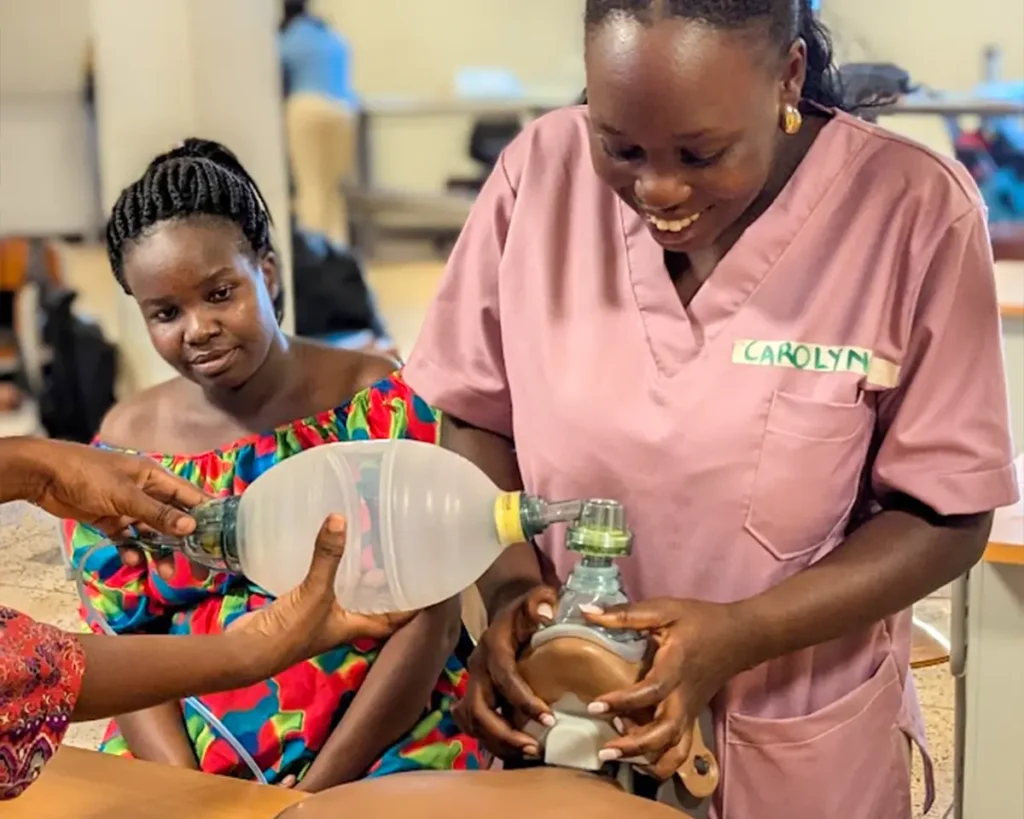
Durable
Used for hands on skills training, simulations, and practical demonstrations, the kit components are designed to withstand rigorous use of hundreds of training cycles.
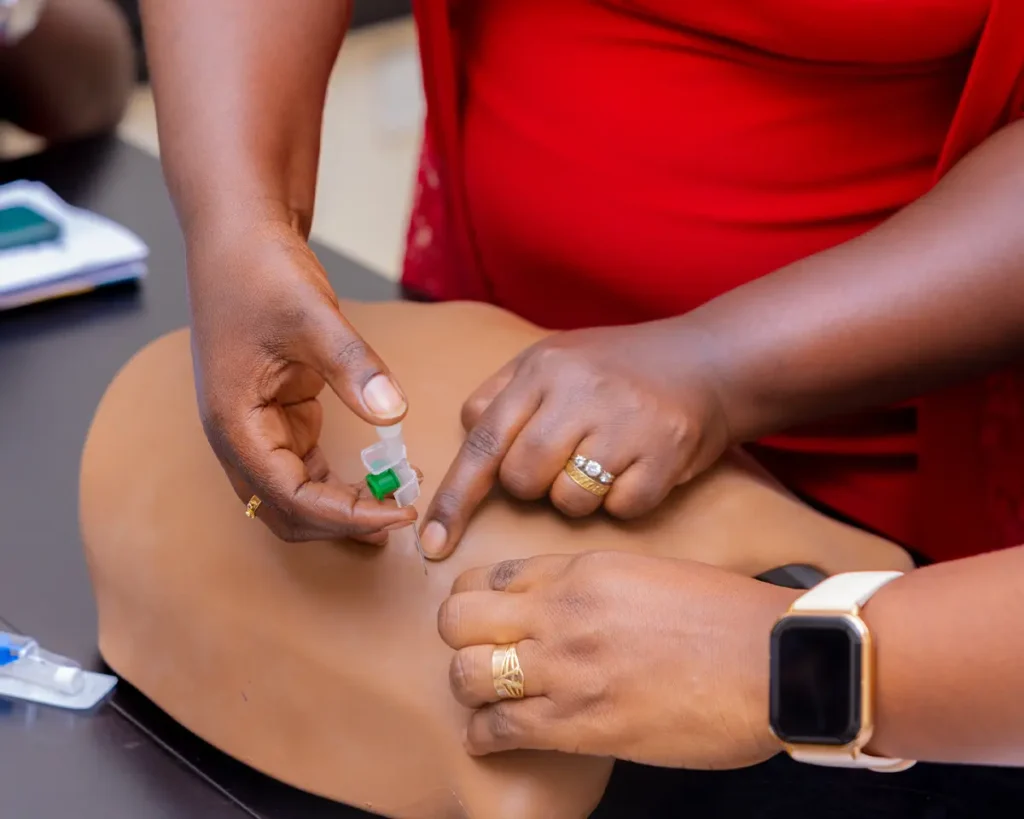
Enables low-dose, high-frequency training
The combination of a comprehensive kit covering all skills, the low price point and high durability enables a paradigm shift; the training kits can now be distributed in large numbers and be left at the individual hospitals for important low-dose, high-frequency refresher trainings.
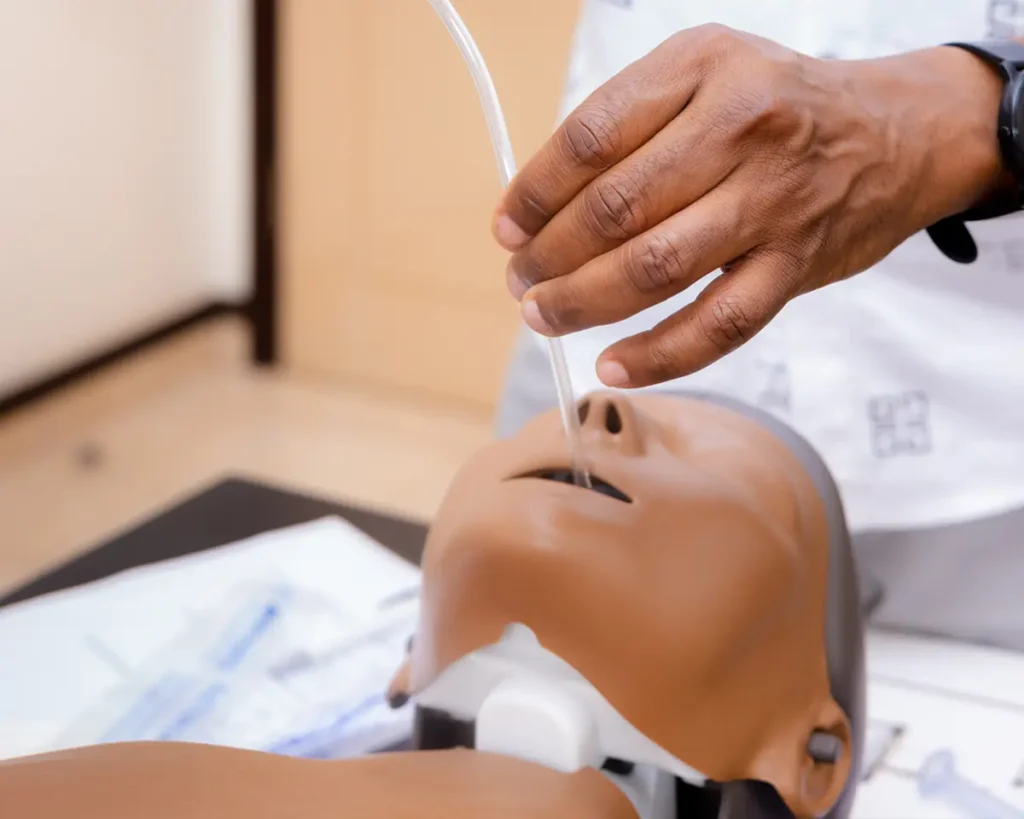
Kit contents
The training tools in the kit enables skills training across a number of basic emergency skills, covering airway, breathing, circulation, immobilization and wound care stations. It is also excellent for CPR training.
Head Section Model
Anatomical model for visualization of:
- Head-tilt and chin lift
- Jaw thrust
- Placement of OPA and NPA tubes
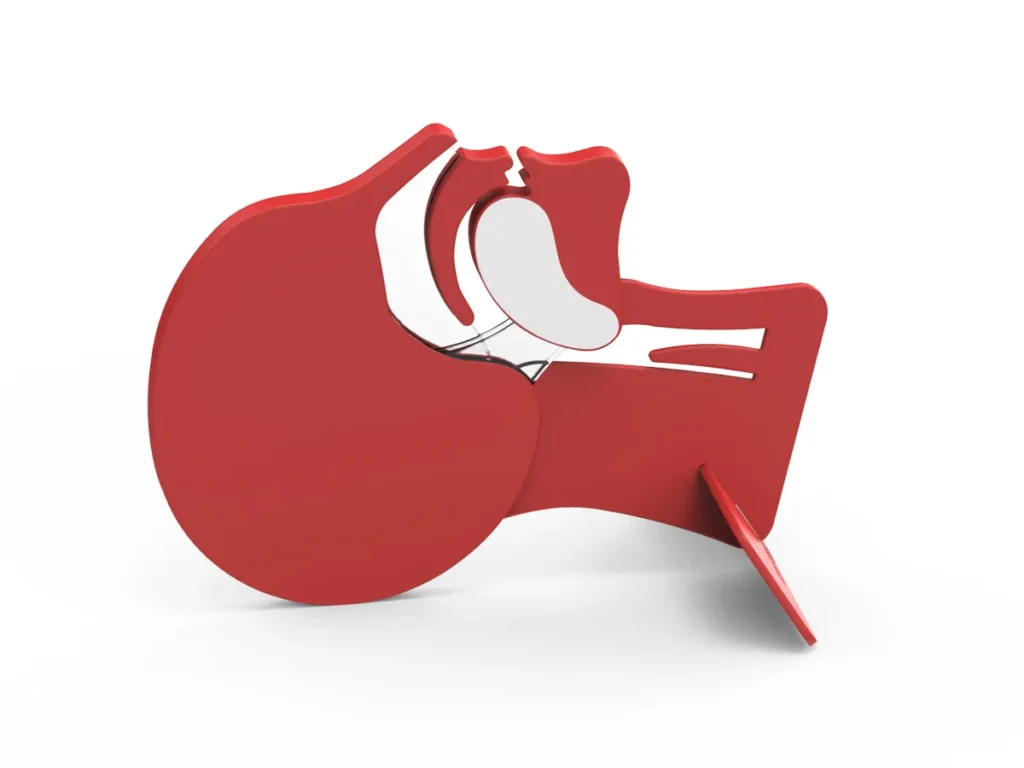
Little Anne for Emergency Care
Adult manikin for:
- Head-tilt and chin lift
- Jaw thrust
- Bag-valve-mask ventilation
- Insertion of nasopharyngeal airway (NPA)
- Insertion of oropharyngeal airway (OPA)
- Airway suctioning
- Supplemental oxygen
- CPR training
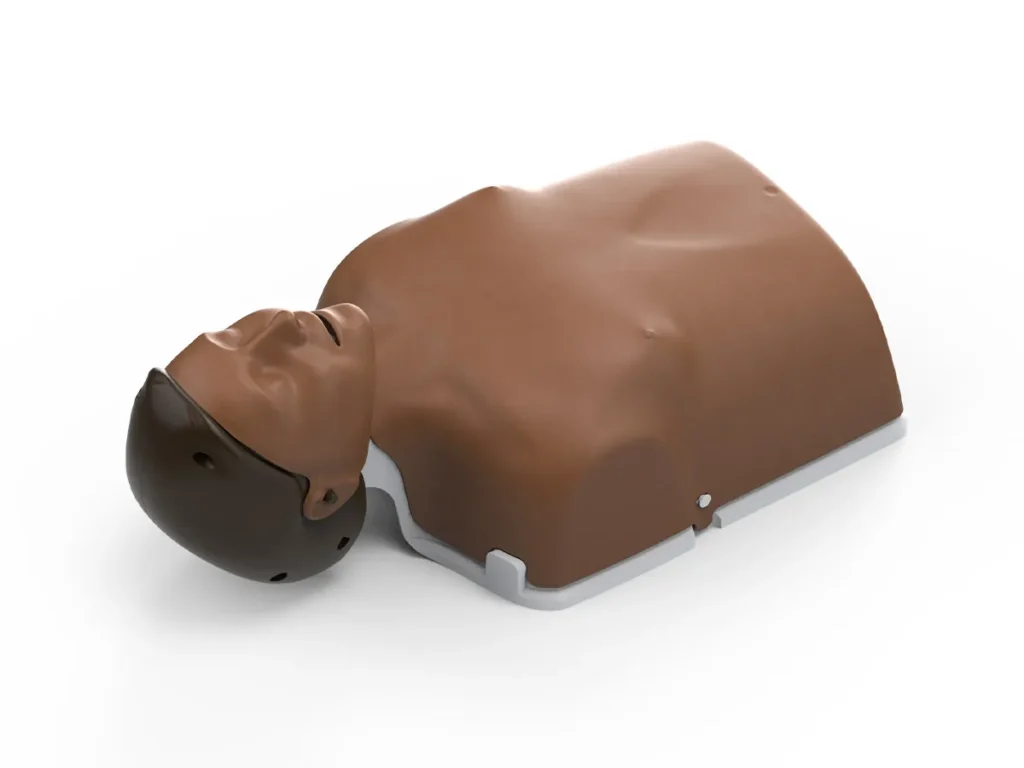
Little Baby QCPR
Baby manikin for:
- Head-tilt and chin lift
- Jaw thrust
- Management of choking
- Bag-valve-mask ventilation
- Airway suctioning
- Supplemental oxygen
- CPR training
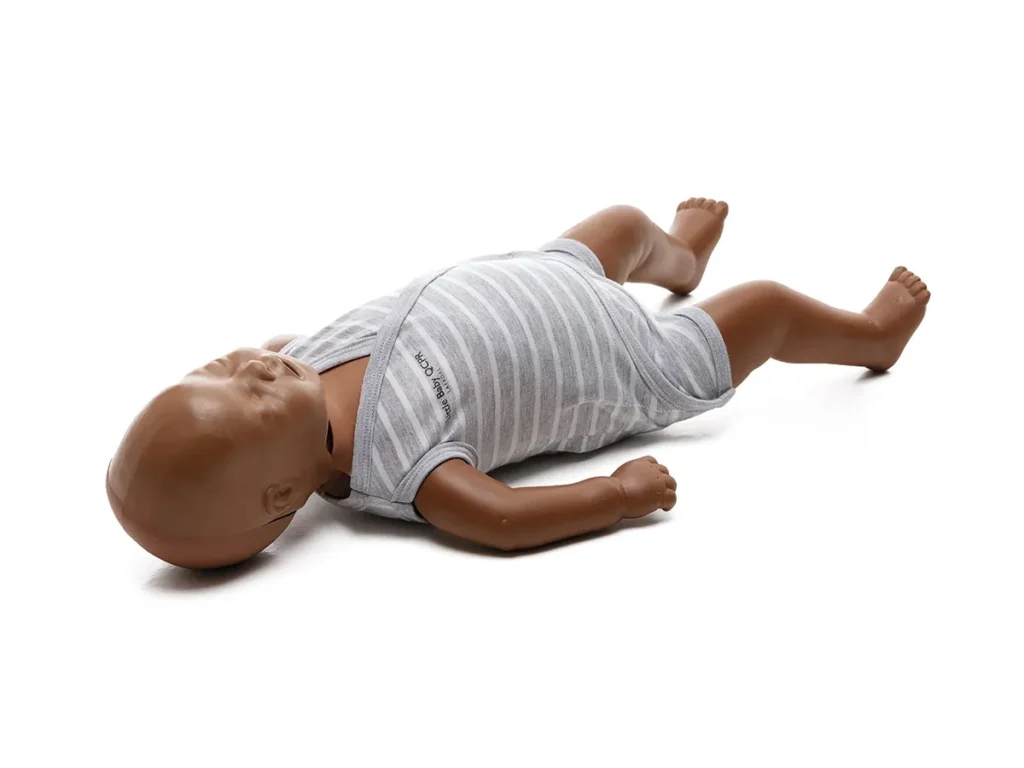
Needle Decompression Trainer
Chest model for emergency needle decompression.
Can also be used as anatomical model for management of sucking chest wound.
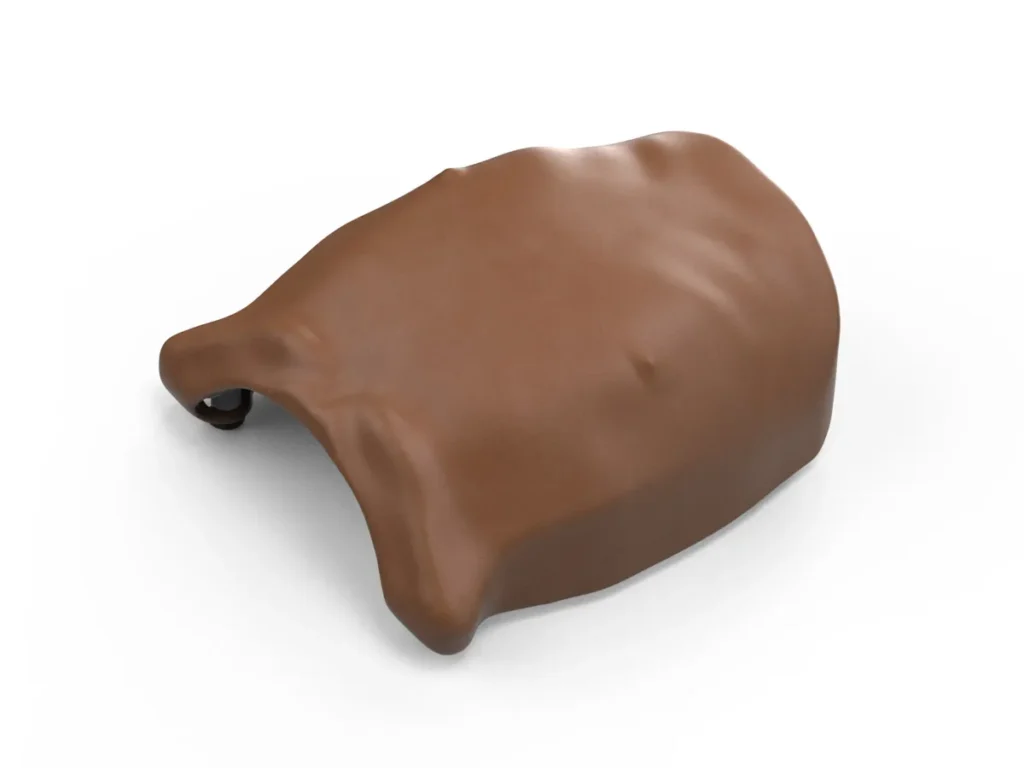
Deep wound
For practicing deep wound packing.
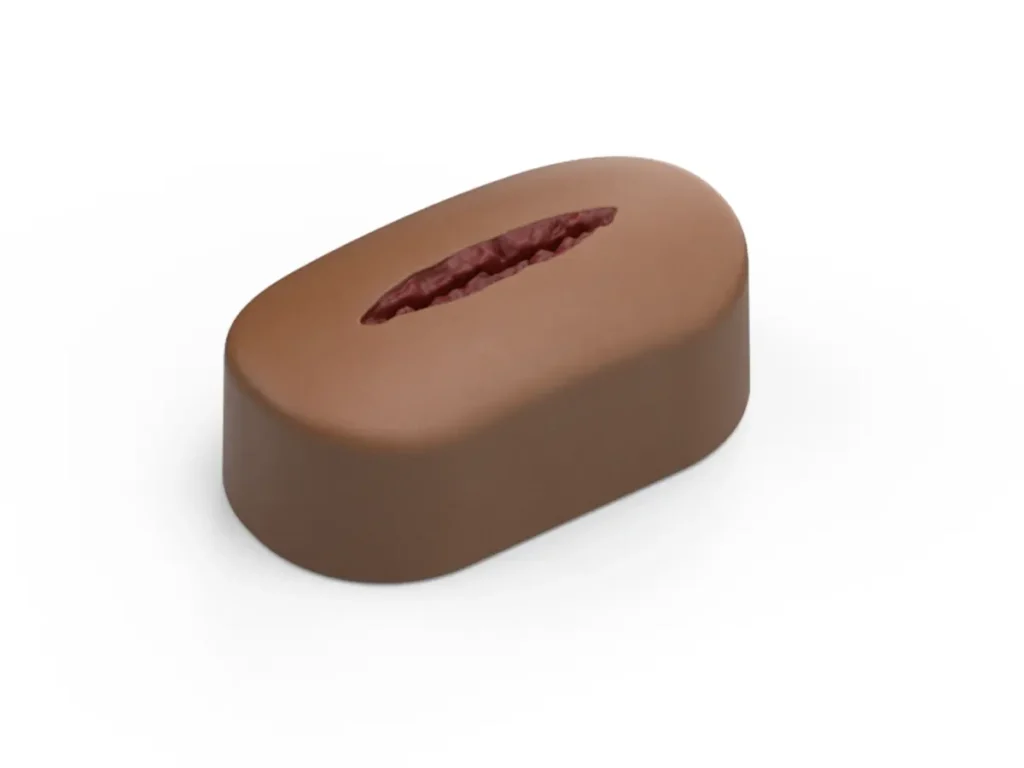
IV pads * 2
For practicing insertion of IV cannula.
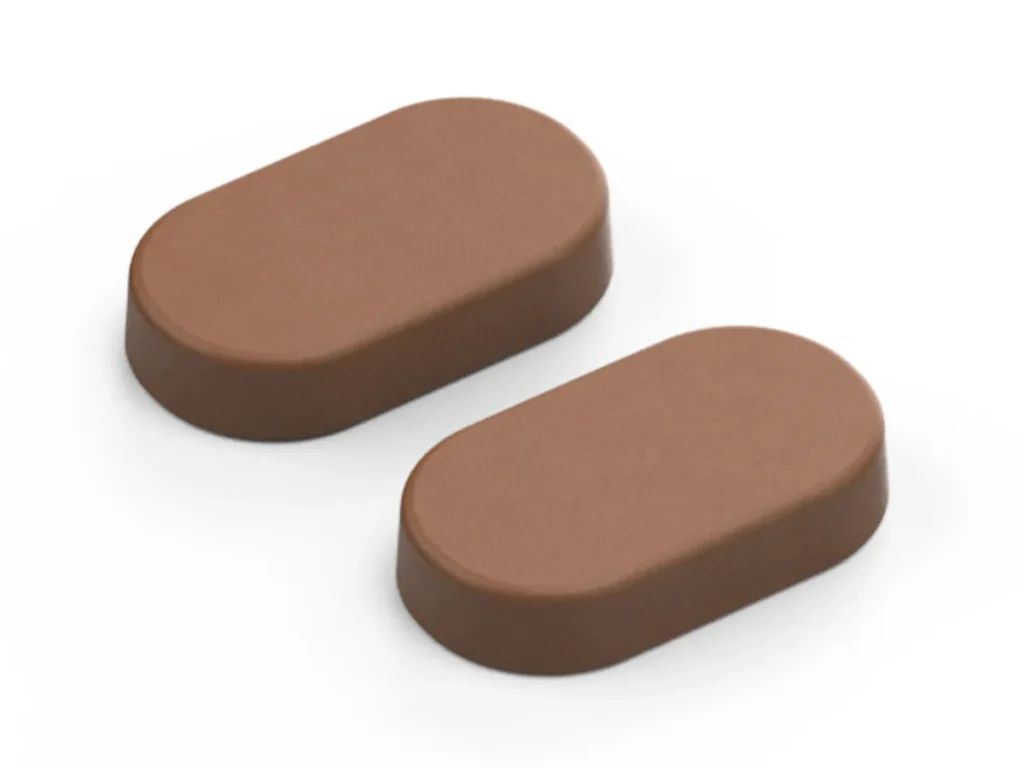
Foam rolls * 2
For wound demonstration and how to apply tourniquet.
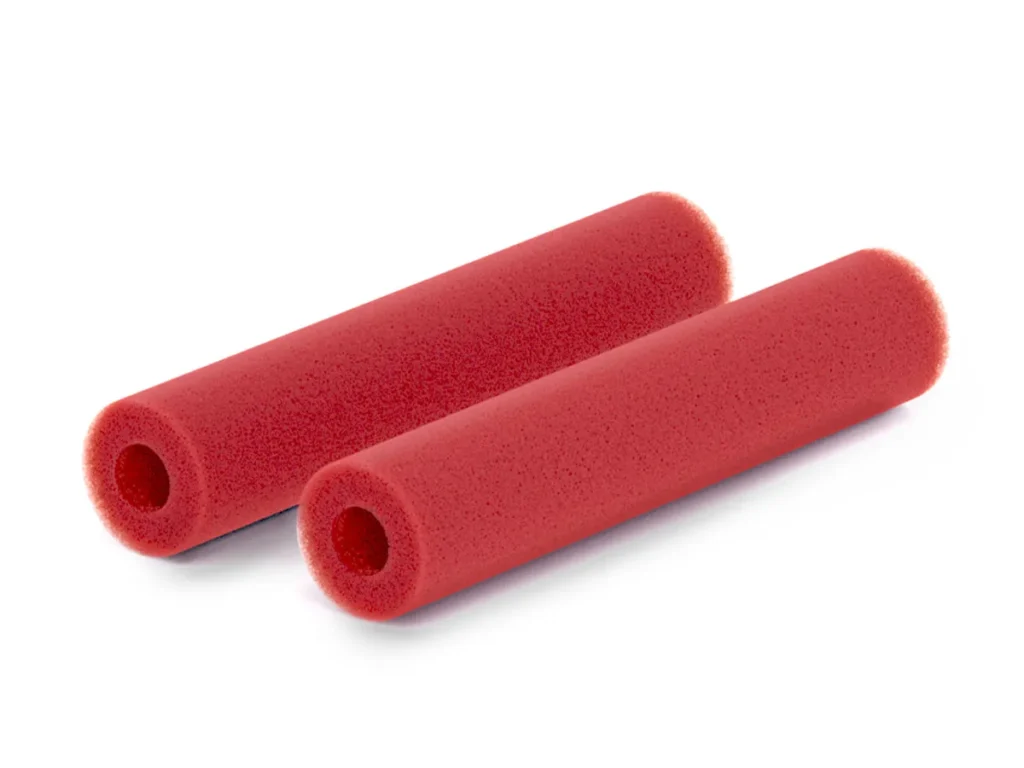
Wounds * 10
For visual demonstration or simulation training in how to manage wounds.
Wounds included:
- Burns (partial thickness)
- Small and large lacerations
- Gunshot wounds
- Deep tissue wound
- Snake bite
- Round wound (bleeding vessel)
- Small wound (bleeding vessel)
- Open fracture.
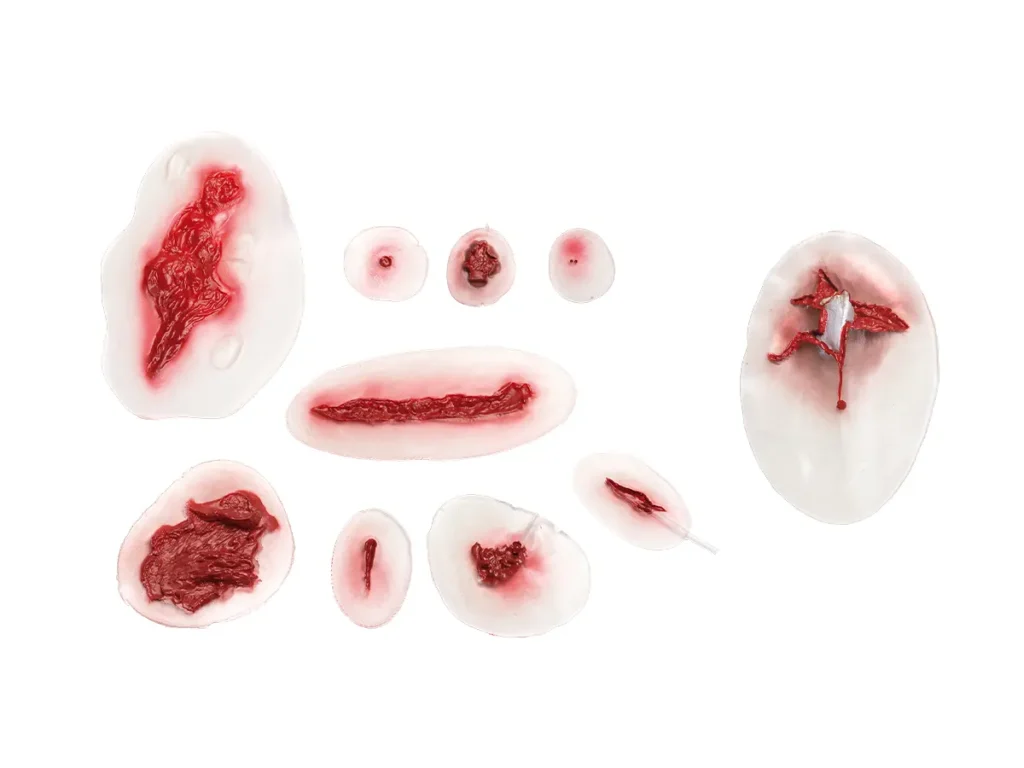
25×25
Emergency Care Saves Lives
Access to Basic Emergency Care training for nurses and midwives from 25 countries by the end of 2025

Proud partner of WHO’s 25×25 Campaign
Launched in 2018, the WHO’s 5-day Basic Emergency Care (BEC) course has demonstrated a significant impact in reducing deaths from critical emergency conditions. To scale this life-saving program more cost-effectively and support the WHO’s 25×25 campaign – aiming to introduce BEC to 25 countries by 2025 – Laerdal has partnered with the WHO to address key challenges in expanding the course.
Key enhancements include the development of e-learning modules, which reduce in-person training time from 5 days to just 2, and the creation of the Emergency Care Learning Lab that is so affordable that it can be left in the workplace and support continuous, on-site training.
Learn more about the 25×25 BEC Saves Lives Campaign.
Learn more about the Emergency Care Learning Lab
Find detailed information on how the Emergency Care Learning Lab supports effective basic emergency care training.
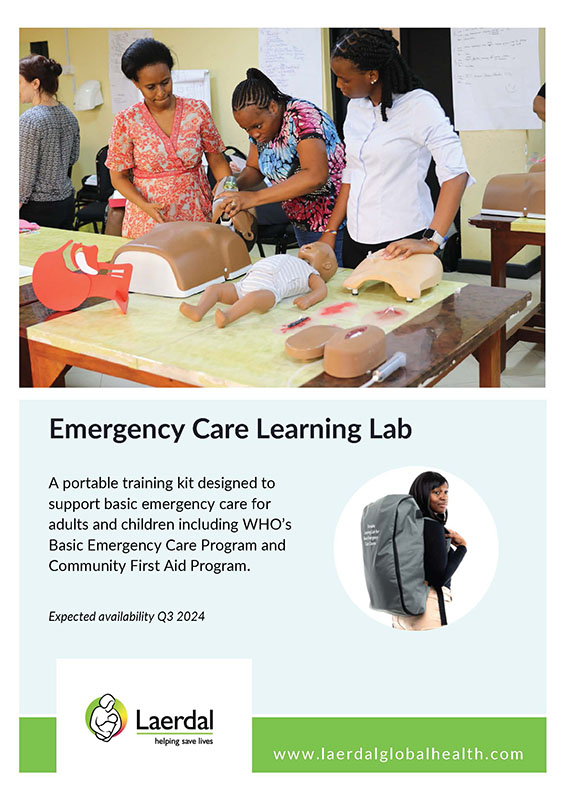
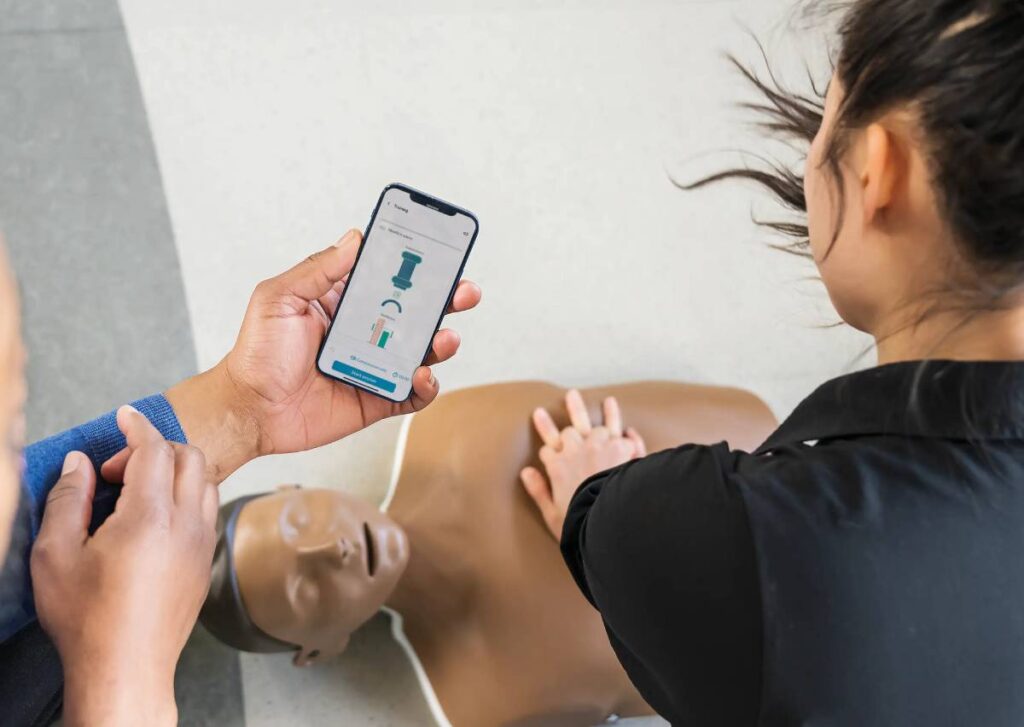
App for objective CPR feedback
The Little Anne and Little Baby manikins connect with the complementary QCPR app, providing real-time performance feedback and improvement tips on the quality of compressions and ventilations provided, in accordance with the latest resuscitation guidelines.
Frequently asked questions
Browse our frequently asked questions here. If your question is not covered, please contact our team for assistance.
Which of the skills in the Basic Emergency Care program can I train with this kit?
What do I need in addition to the Emergency Care Learning Lab to conduct a Basic Emergency Care training?
How many training courses can an Emergency Care Learning Lab last for?
The products have been designed thoughtfully to be long-lasting and require minimum to no consumables. The only consumables needed is a Foley catheter that should be available locally (replacement tube for the IV pads).
The Needle Decompression Trainer and IV module are made of a special material with self-healing features and can last for over 1000 insertions. The durability of these items will be even longer if a smaller needle is used for the training (1.1 mm instead of 1.7mm).
What testing has been done to ensure the Emergency Care Learning Lab supports the Basic Emergency Care course?
The kit has been designed with input from the World Health Organization, ICRC, MSF, the African and Asian Society of Emergency Medicine, and BEC master trainers in Nepal, Tanzania, Ethiopia, Sudan, Egypt, Rwanda, Uganda and South Africa. It has been rigorously field tested in more than 20 training courses for Basic Emergency Care. It has also been tested in pilot tests of WHO’s Community First Aid Response Course and the Basic Critical Care course, and found to be highly effective training tools also for these courses.
How many kits would I need for my training?
For sustainable impact, we recommend a model where the kit is available for ongoing training in the individual hospitals implementing Basic Emergency Care training. For an initial class of BEC training, the recommended ratio would be a minimum of 2 kits for 20 learners.
Product size (L x W x H) [cm]: 68×43×39 cm (backpack, excl shipping carton)
Product weight (kg): 8.5 kg (excl shipping carton)
Operating temperature [°C]: +15º to +40º
Storage temperature [°C]: 20º Relative Humidity: 5-95%
Training tools:
- Head Section Model
- Little Anne for Emergency Care
- Needle Decompression Trainer
- 2 x IV Access Pad
- Deep Wound
- 2 x Foam Rolls
- 10 wounds
- Backpack
- Complementary app for feedback on ventilation and CPR performance
- Little Baby QCPR and Little Baby carry bag (only included in the full version)
Extra items:
- USB stick with instructional videos
- Tape roll for needle decompression trainer
- Blood powder
- Lubricant for NPA insertion
- Extra silicone tubes for IV Access Pad
- 4 x AA Batteries for CPR manikins
Optional extras (need to be ordered separately):
- Laerdal Silicone Resuscitator – Adult
- Laerdal Silicone Resuscitator – Pediatric
- Emergency Care Learning Lab – User Guide (English)
- Emergency Care Learning Lab – User Guide (French)
- ECLL – How-to – Video package (zip)
- ECLL – How-to – Introduction to the Emergency Care Learning Lab (video)
- ECLL – How-to – Little Anne for Emergency Care (video)
- ECLL – How-to – Little Baby QCPR (video)
- ECLL – How-to – Uterine Massager Trainer (video)
- ECLL – How-to – IV Access Pads (video)
- ECLL – How-to – Needle Decompression Trainer (video)
- ECLL – How-to – Deep wound (video)
- ECLL – How-to – Head section model (video)
- ECLL – How-to – Wounds (video)
- ECLL – How-to – QCPR App (video)
- ECLL – How-to – Foam Rolls (video)
- ECLL – How-to – Packing of the kit (video)
- ECLL – How-to – How to set up and maintain the kit (video)
Additional information
| Select | Emergency Care Learning Lab – without baby manikin, Emergency Care Learning Lab – with baby manikin |
|---|


